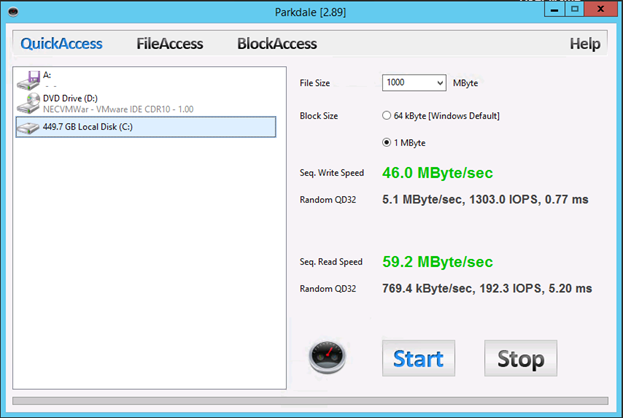You'll need to talk to your rep about limitations with mixing SSD and SAS in the same shelf. I think the 15k drives are only available in the DS4243 and the DS2246 is used for SSD and 10K SAS.
You also need to check on the flash pool capacity of the 3240, it's a bit different with what it supports then the newer 3220/3250. The 3220 is capped at 1.6TB of SSD in a flashpool, the 3250 is 4TB.
You also need to check on the flash pool capacity of the 3240, it's a bit different with what it supports then the newer 3220/3250. The 3220 is capped at 1.6TB of SSD in a flashpool, the 3250 is 4TB.
![[H]ard|Forum](/styles/hardforum/xenforo/logo_dark.png)
